How Often Should You Replace Your Oxygen Detectors?
In today's society, oxygen detectors play a vital role across industrial production, underground operations, and specific domestic scenarios. Acting as silent guardians, they continuously monitor ambient oxygen levels to ensure safe breathing environments. Yet many focus solely on usage while overlooking replacement intervals. So how frequently should oxygen detectors be replaced? Below, Yiyuntian Eranntex provides an explanation.

The lifespan of an oxygen detector is influenced by multiple factors
The replacement cycle for an oxygen detector is not fixed; it is determined by a combination of factors. Firstly, the operating environment is a key factor. Prolonged exposure to harsh conditions—such as high temperatures, high humidity, or areas saturated with highly corrosive gases—can severely damage internal sensors and electronic components, significantly shortening the device's lifespan. For instance, in certain production zones of chemical plants, airborne chemicals may gradually corrode the detector's parts, degrading its performance.
Secondly, usage frequency also impacts the detector's lifespan. Frequently employed detectors require their sensors to continuously monitor and respond, resulting in relatively higher wear and tear. Conversely, detectors used only occasionally experience slower component ageing. For instance, in seasonal operations like winter heating system maintenance, oxygen detectors may see intensive use during specific periods while remaining idle at other times.
Manufacturer recommendations serve as crucial guidance
Most oxygen detector manufacturers provide lifespan recommendations in their product manuals. These guidelines, derived from extensive experimental data and real-world usage, carry considerable authority. Typically, manufacturers specify an approximate service life range based on factors such as detector type, model, and operating environment. For instance, some portable oxygen detector manufacturers may recommend replacement every 2–3 years, while fixed detectors might last 3–5 years.
However, manufacturer recommendations serve only as a reference and should not be the sole basis for replacement. Actual usage conditions vary considerably, potentially influenced by factors such as the aforementioned operating environment and frequency of use. Therefore, practical assessment remains essential during operation.
Regular Testing and Calibration are Essential
Beyond consulting manufacturer recommendations, regular testing and calibration of oxygen detectors are crucial. Even if a detector appears to function correctly, its sensor sensitivity and accuracy may gradually decline over time. Through periodic testing and calibration, potential issues can be identified promptly, enabling timely adjustments or repairs.
Generally, it is advisable to conduct comprehensive testing and calibration of oxygen detectors every six months to one year. Should abnormal readings occur during operation—such as significant discrepancies from actual environmental conditions or inaccurate alarms—immediate cessation of use is required, followed by testing and calibration. If the detector fails to resume normal operation after calibration, replacement should be considered.
Safety First, Timely Replacement
Safety remains paramount; cost-saving considerations must not compromise the replacement of oxygen detectors. When a detector reaches or approaches the manufacturer's recommended service life, or when significant performance degradation is identified following inspection and calibration, it should be promptly replaced. A poorly functioning detector may fail to accurately monitor oxygen concentrations, thereby creating potential safety hazards.
In summary, the replacement cycle for oxygen detectors must be determined comprehensively based on the operating environment, usage frequency, manufacturer recommendations, and the results of regular testing and calibration. Only by maintaining the optimal performance of oxygen detectors can we breathe safely in diverse environments, safeguarding lives and property. Let us take this seriously, regularly inspect and replace oxygen detectors, and ensure the safety of ourselves and others.
Related information
-
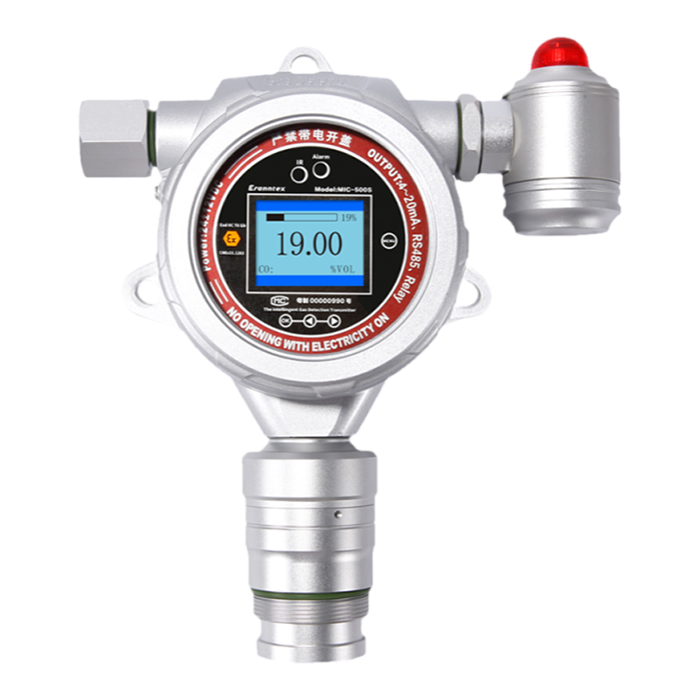
Combustible Gas Detectors: Your First Line of Defense
In today\'s society, whether in cosy domestic settings, bustling industrial environments, or challenging outdoor work zones, combu...
2025-10-31 -

How to Test Your Oxygen Detectors Effectively?
In today\'s society, where safety and health are paramount, oxygen detectors serve as vital equipment safeguarding us from the d...
2025-10-29 -

Oxygen Detectors: Your Key to a Safer Environment
In the global pursuit of safety and healthy living, oxygen detectors are increasingly becoming indispensable equipment for safeg...
2025-10-27 -
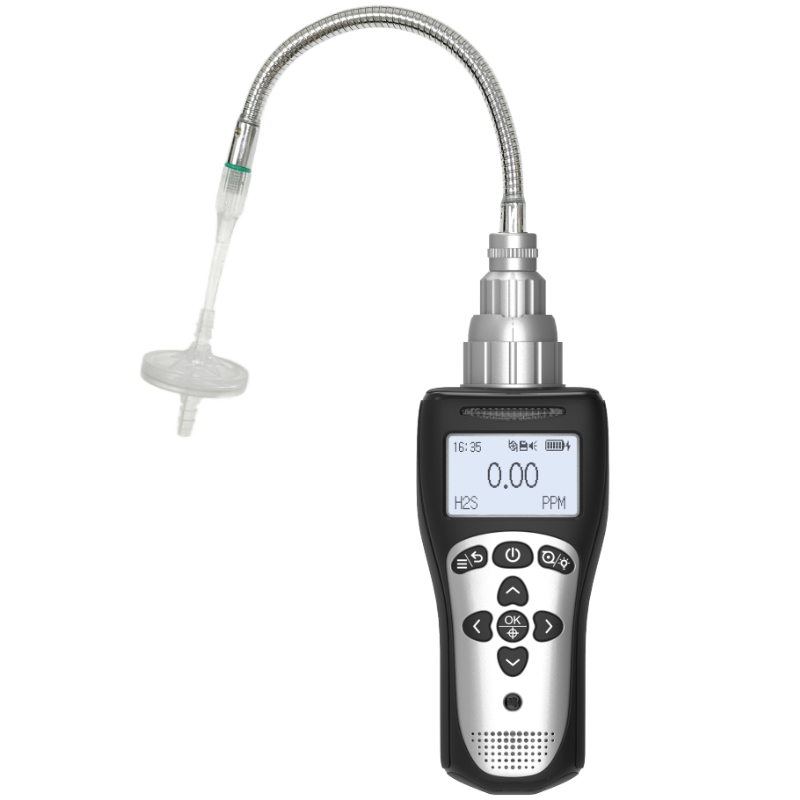
6 Types of Oxygen Detectors You Should Know About
In countless industrial, commercial, and research settings, oxygen serves as both the source of life and a potential hazard. Insuf...
2025-10-24 -

How Often Should You Replace Your Oxygen Detectors?
In today\'s society, oxygen detectors play a vital role across industrial production, underground operations, and specific domesti...
2025-10-22

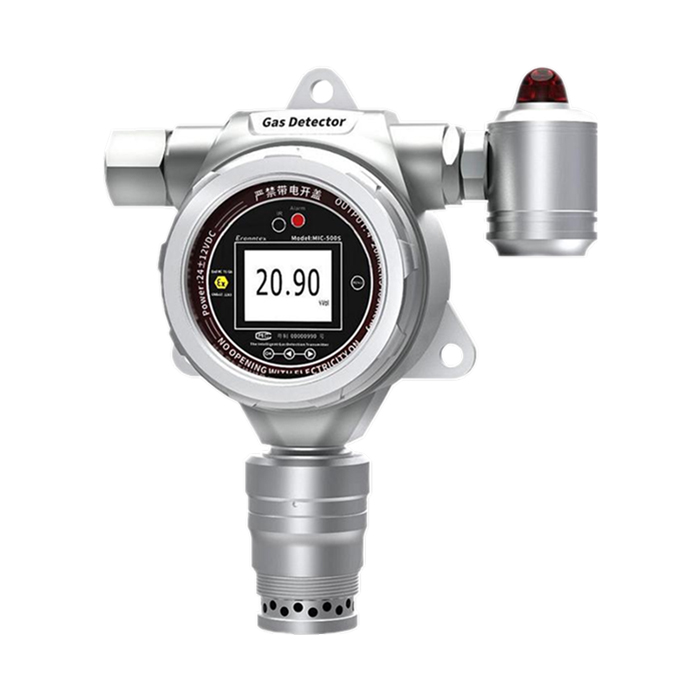
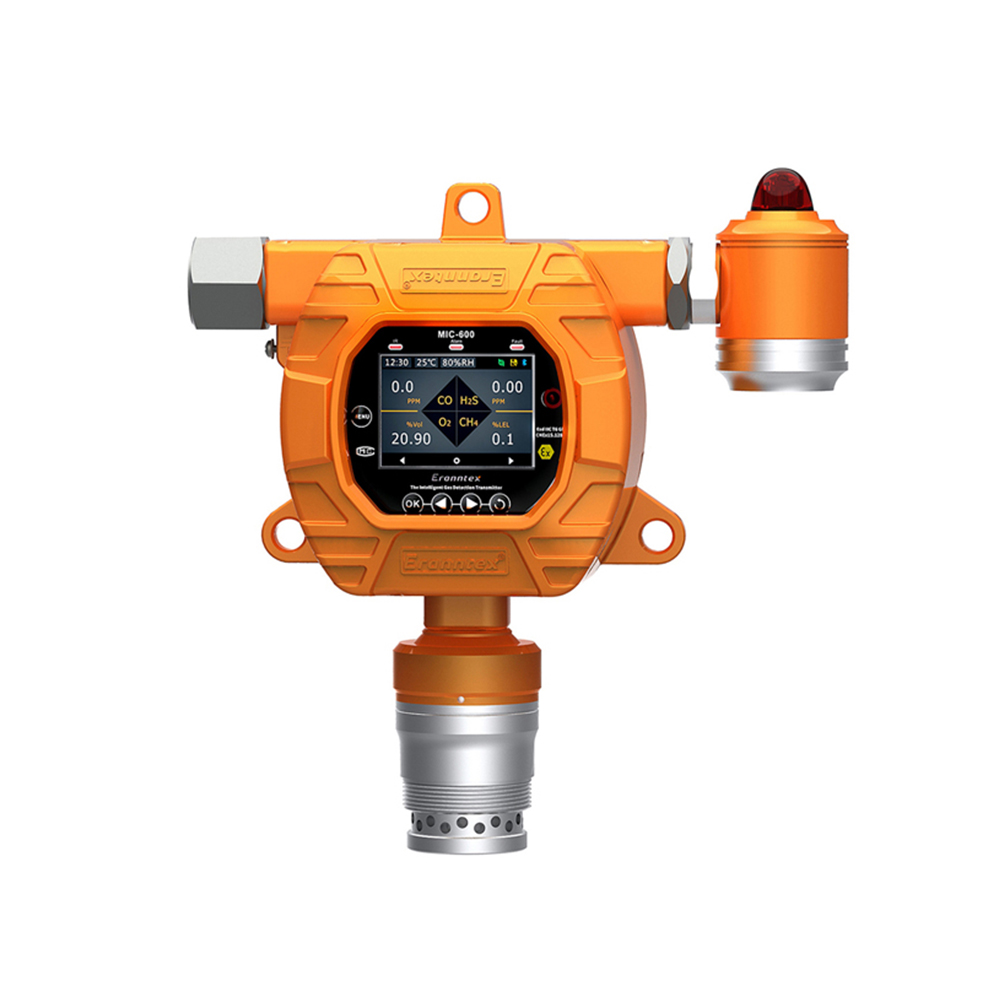
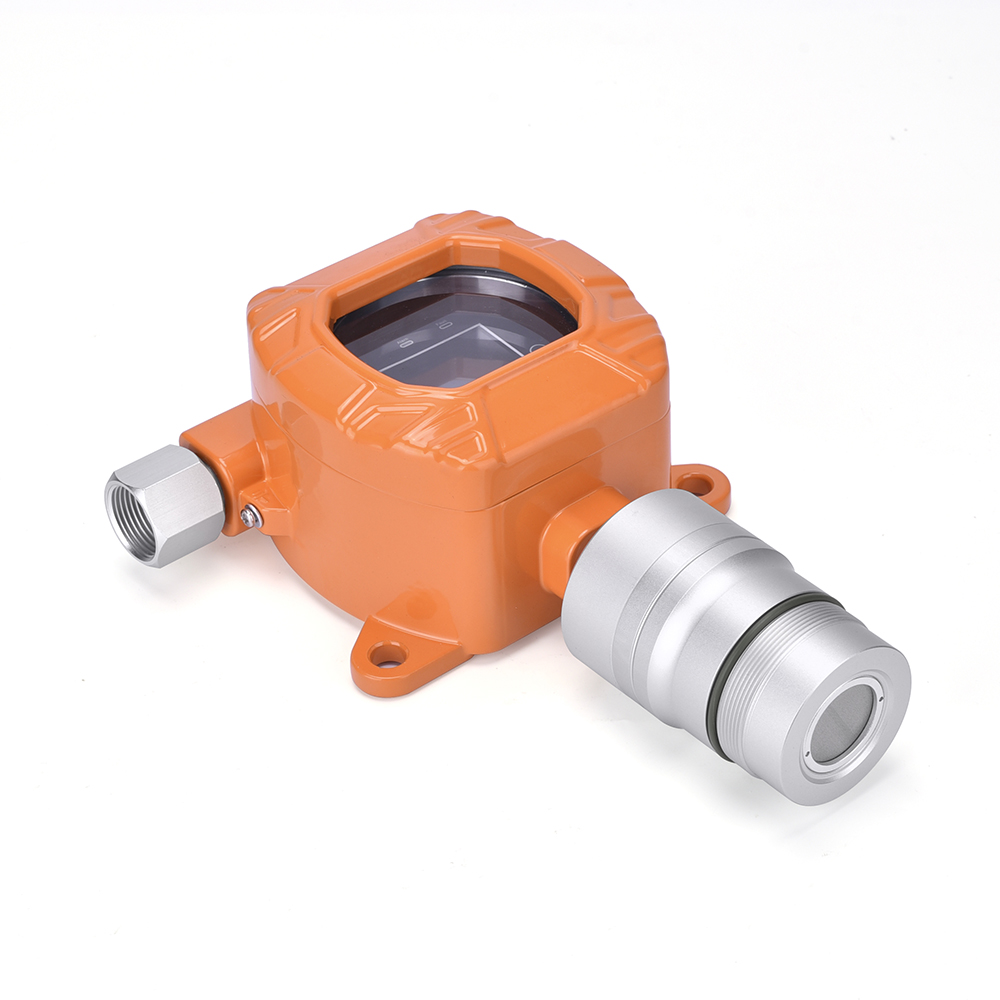
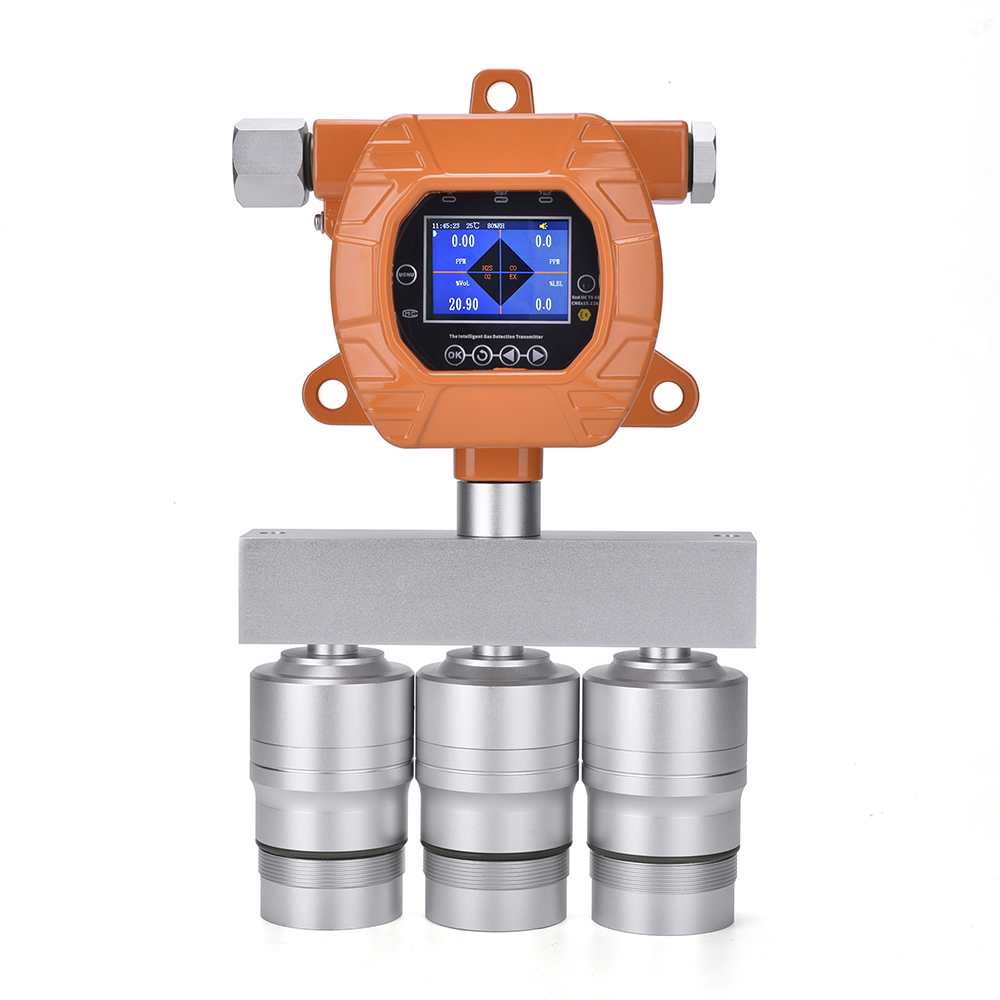

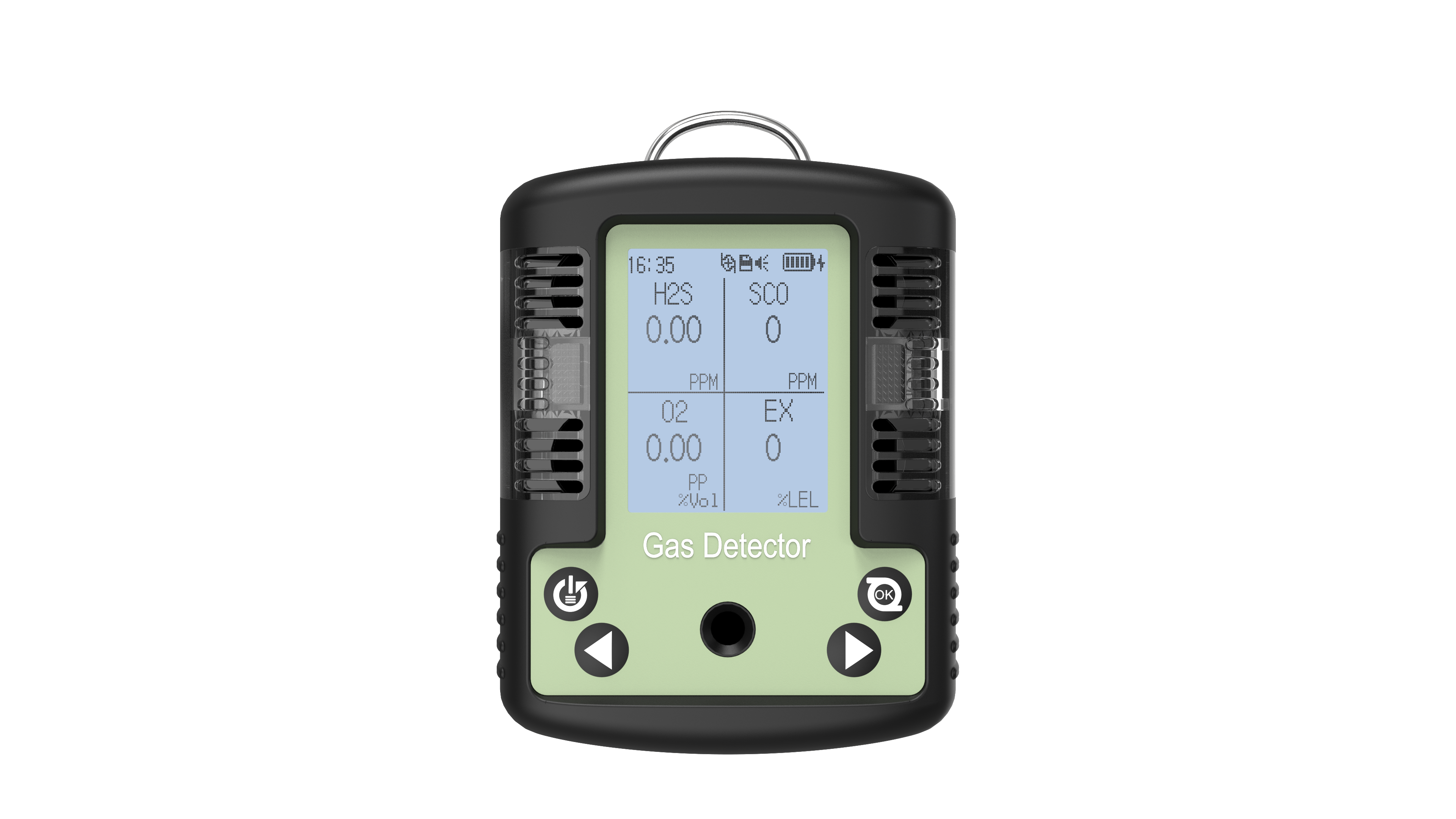

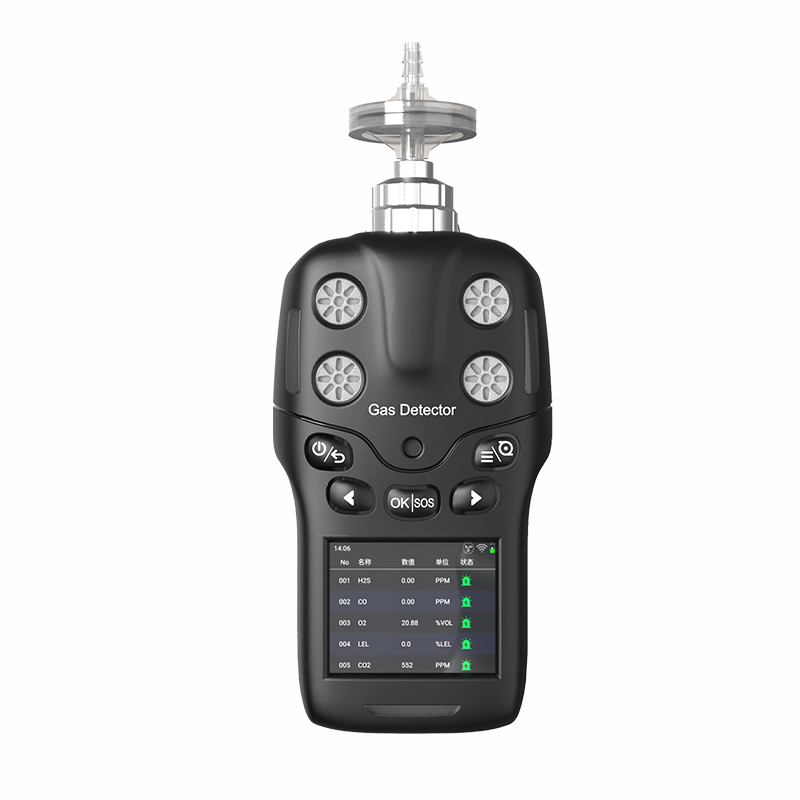

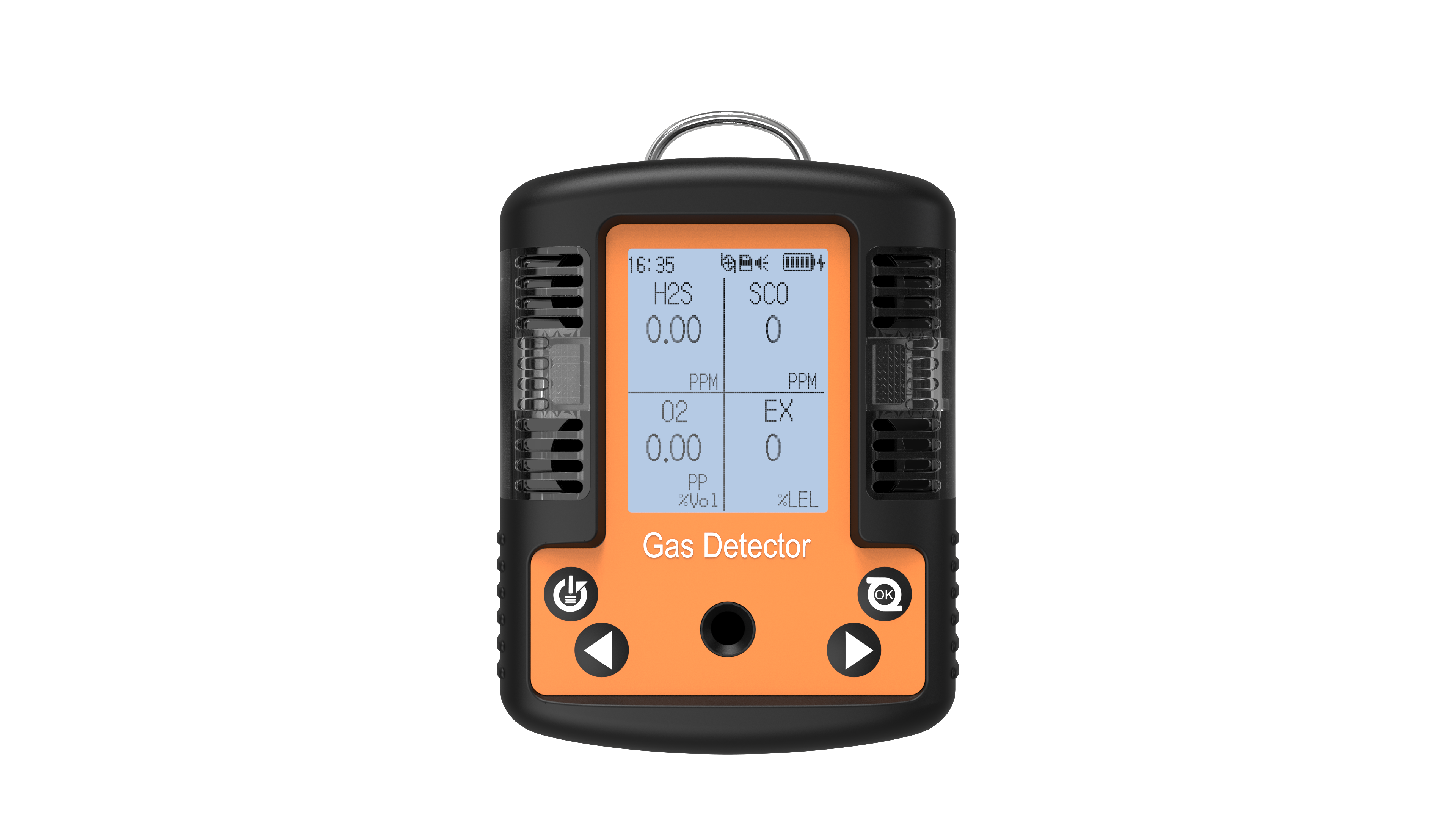
 info@eranntexgas.com
info@eranntexgas.com


 13480931872
13480931872